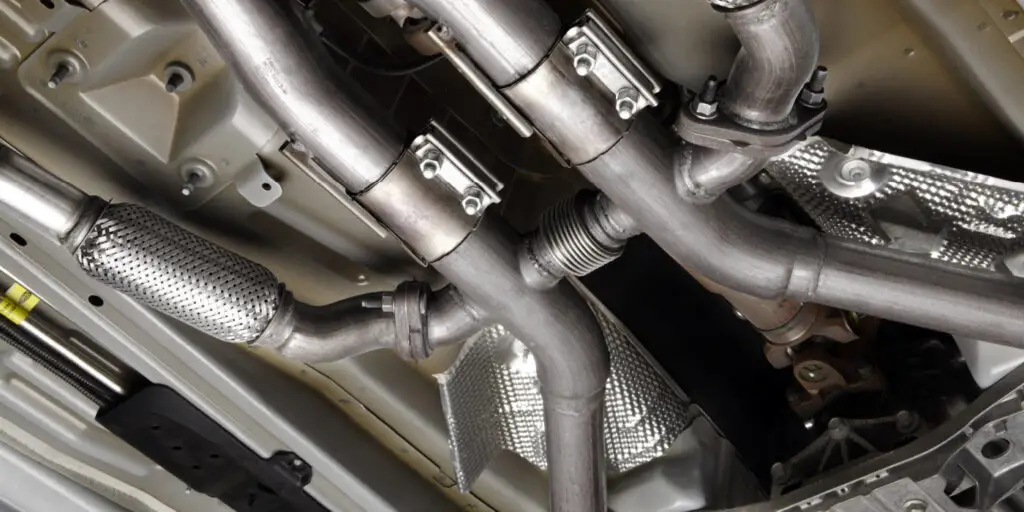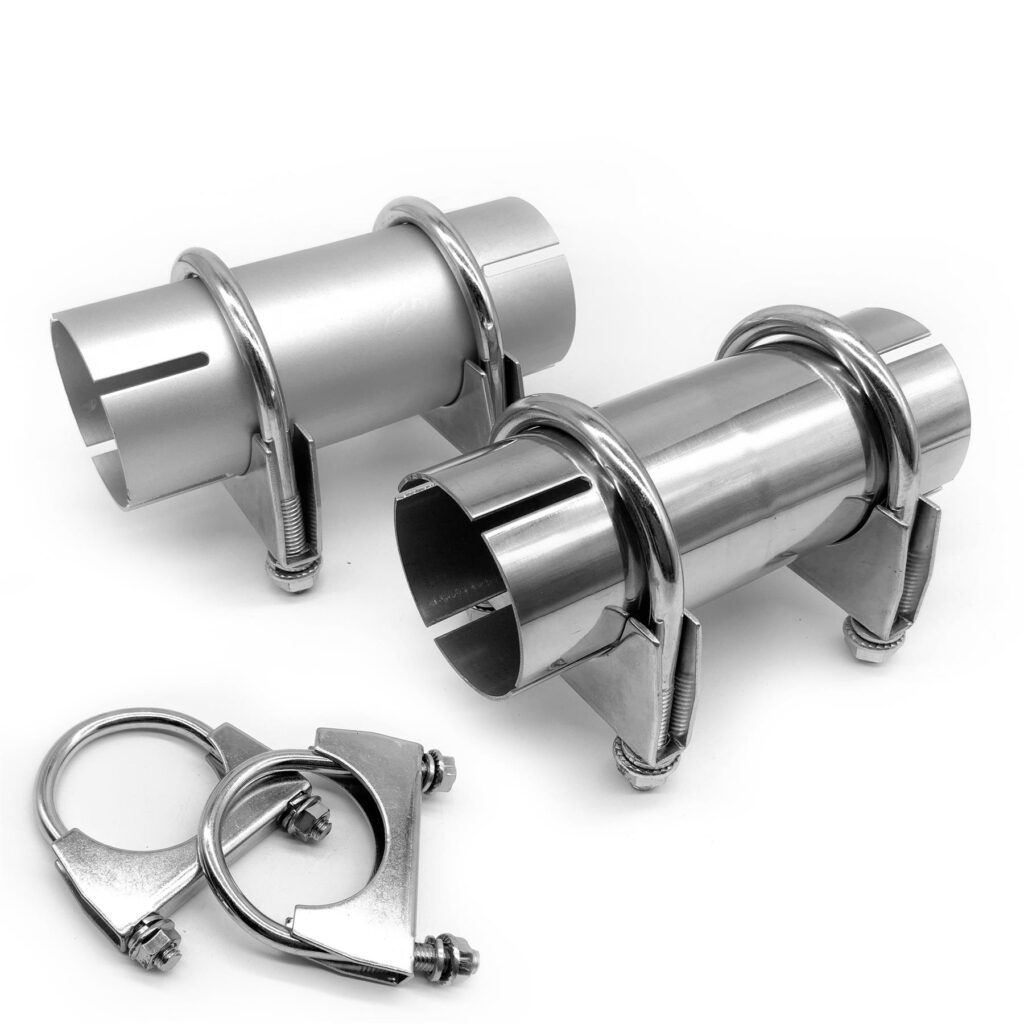Exhaust pipe replacement is essential for maintaining the vehicle’s performance, fuel efficiency, and safety. Replacing a damaged or corroded exhaust pipe helps prevent harmful gas leaks and ensures your car runs smoothly and quietly.
Exhaust pipe replacement is a critical aspect of vehicle maintenance that ensures optimal performance, fuel efficiency, and environmental compliance. Over time, exhaust systems can deteriorate due to rust, corrosion, or physical damage, leading to increased noise, reduced engine efficiency, and harmful emissions.
This comprehensive guide explain exhaust pipe replacement, providing insights into the exhaust system’s components, signs indicating the need for replacement, cost considerations, and a step-by-step DIY replacement process.

Contents
Exhaust System
The exhaust system is a network of components designed to direct and treat the gases produced during combustion. Key components include:
- Exhaust Manifold: Collects exhaust gases from the engine cylinders.
- Catalytic Converter: Reduces harmful emissions by converting pollutants into less harmful substances.
- Resonator: Modifies sound waves to reduce engine noise.
- Muffler: Further dampens engine noise before gases exit the tailpipe.
- Exhaust Pipes: Connect all components and channel gases out of the vehicle.
Signs When Exhaust Pipe Needs Replacement
Recognizing the symptoms of a failing exhaust pipe can prevent further damage and ensure safety:
- Loud Noises: A damaged muffler or pipe can cause increased engine noise.
- Decreased Fuel Efficiency: Exhaust Pipe Leak can lead to inaccurate oxygen sensor readings, affecting fuel mixture.
- Vibrations: Unusual vibrations may indicate exhaust system issues.
- Visible Damage or Rust: Inspect for holes, rust, or hanging parts.
- Check Engine Light: May illuminate due to exhaust leaks affecting sensor readings.
Regular inspections can help identify these issues early.
Exhaust Pipe Replacement Cost
The cost of exhaust pipe replacement varies based on several factors:
- Extent of Damage: Replacing a single pipe is less expensive than a full system overhaul.
- Vehicle Make and Model: Luxury or performance vehicles may have higher parts and labor costs.
- Labor Costs: Rates vary by region and shop.
- Aftermarket vs. OEM Parts: Aftermarket parts are generally less expensive but may vary in quality.
On average, costs can range from $150 to $2,500.

DIY Exhaust Pipe Replacement: Step-by-Step Guide
Replacing an exhaust pipe can be a manageable task for those with mechanical aptitude. However, ensure safety and proper tools before proceeding.
Tools and Materials Needed
- Jack and jack stands
- Wrenches and sockets
- Penetrating oil
- Replacement exhaust pipe
- Exhaust clamps or welding equipment (if necessary)
- Safety glasses and gloves
How to Replace Exhaust Pipe
Follow the steps below to do the job successfully –
- Safety First: Park on a level surface, engage the parking brake, and allow the exhaust system to cool.
- Lift the Vehicle: Use a jack to raise the vehicle and secure it with jack stands.
- Locate the Damaged Pipe: Identify the section needing replacement.
- Apply Penetrating Oil: Spray bolts and connections to loosen rust and debris.
- Remove the Old Pipe: Unbolt or cut the damaged section, taking care not to damage surrounding components.
- Prepare the New Pipe: Ensure it matches the old pipe in length and diameter.
- Install the New Pipe: Position and secure it using clamps or welds.
- Check for Leaks: Start the engine and listen for any unusual noises or leaks.
- Lower the Vehicle: Once satisfied, remove jack stands and lower the vehicle.
Maintenance Tips
- Regular Inspections: Check the exhaust system periodically for signs of wear or damage.
- Clean Underbody: Remove road salt and debris to prevent corrosion.
- Address Issues Promptly: Fix minor problems before they escalate.
- Use Quality Parts: Invest in high-quality components for longevity.
Frequently Asked Questions
Here are some FAQs on exhaust pipe replacement –
Can I drive with a damaged exhaust pipe?
It’s not recommended. A damaged exhaust can lead to harmful emissions entering the cabin and reduced engine performance.
How long does an exhaust pipe last?
Typically, exhaust systems last between 5 to 7 years, but this can vary based on driving conditions and maintenance.
Is welding necessary for exhaust pipe replacement?
Not always. Some replacements can be done using clamps, but welding exhaust pipe provides a more secure and permanent fix.
Can I replace just a section of the exhaust pipe?
Yes, if the damage is localized, you can replace just the affected section.
Does a new exhaust pipe improve performance?
Replacing a damaged pipe restores original performance.
Conclusion
Exhaust pipe replacement is more than just a routine fix—it’s a crucial aspect of vehicle maintenance that directly impacts engine performance, fuel efficiency, safety, and emissions. Ignoring issues within the exhaust system can lead to costly repairs down the line, not to mention potential health hazards from leaking gases. Whether you’re dealing with rust, corrosion, or physical damage, addressing the problem early with a proper exhaust pipe replacement can extend the life of your vehicle and restore it to optimal condition.